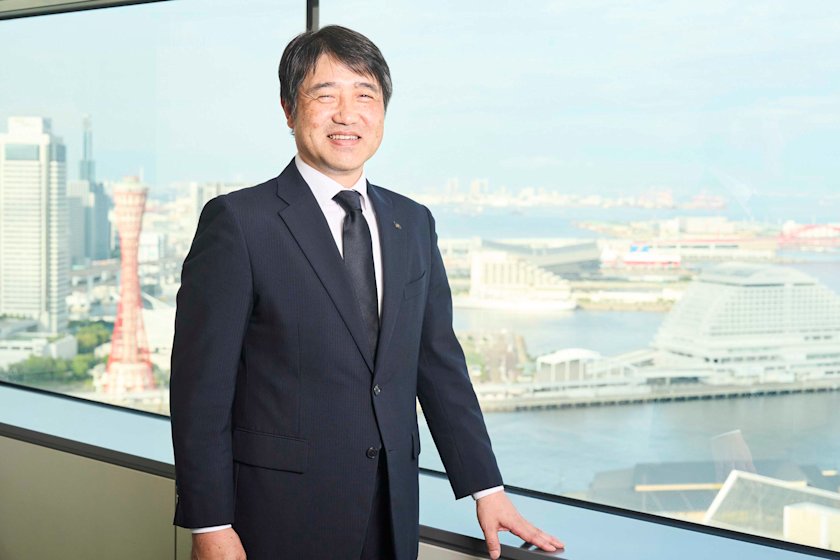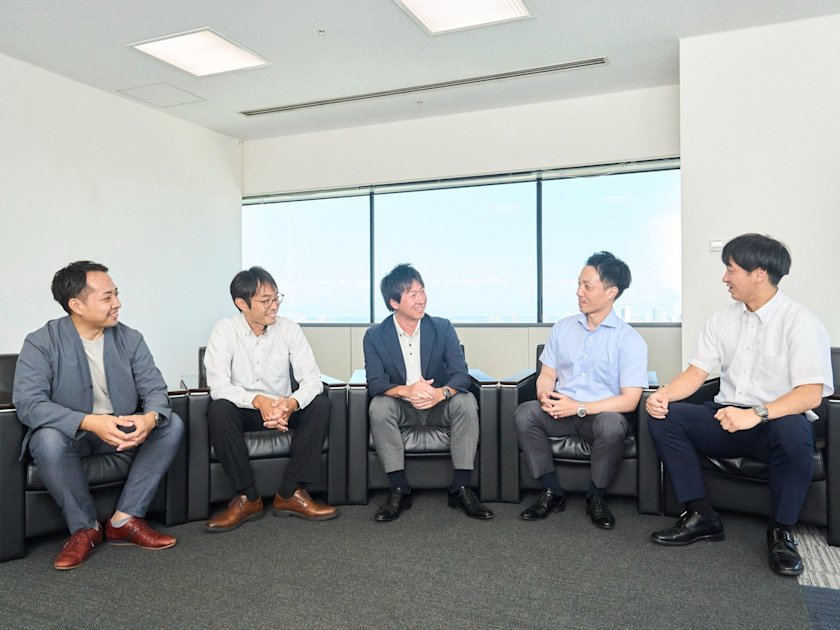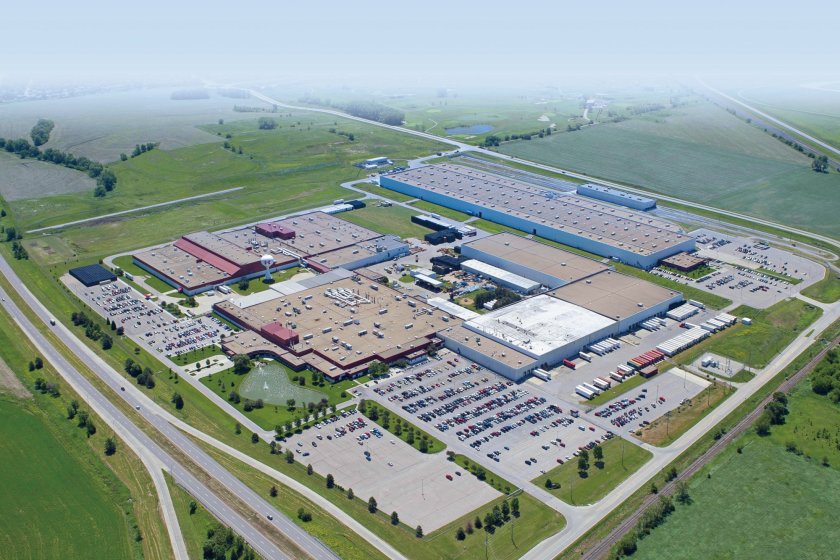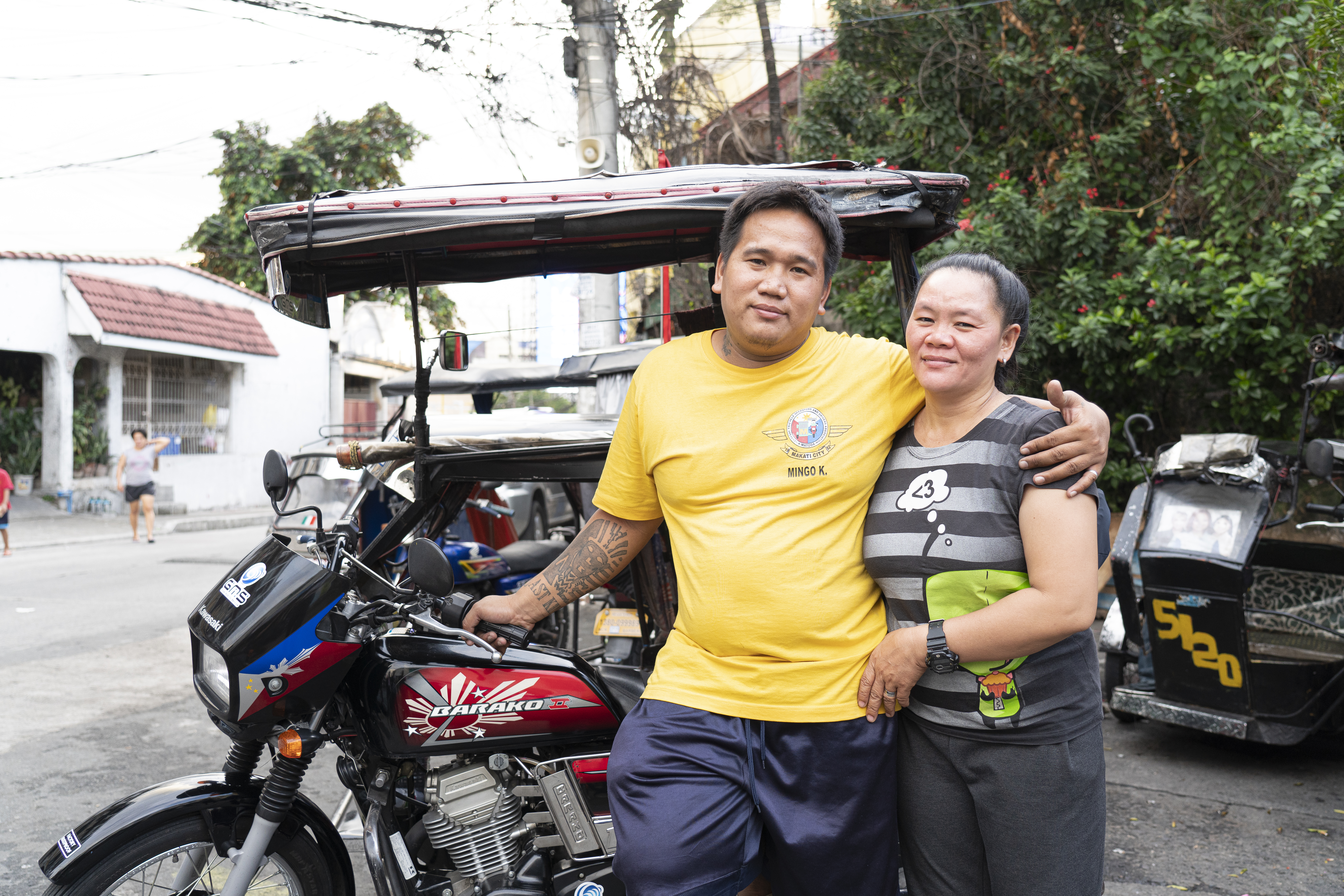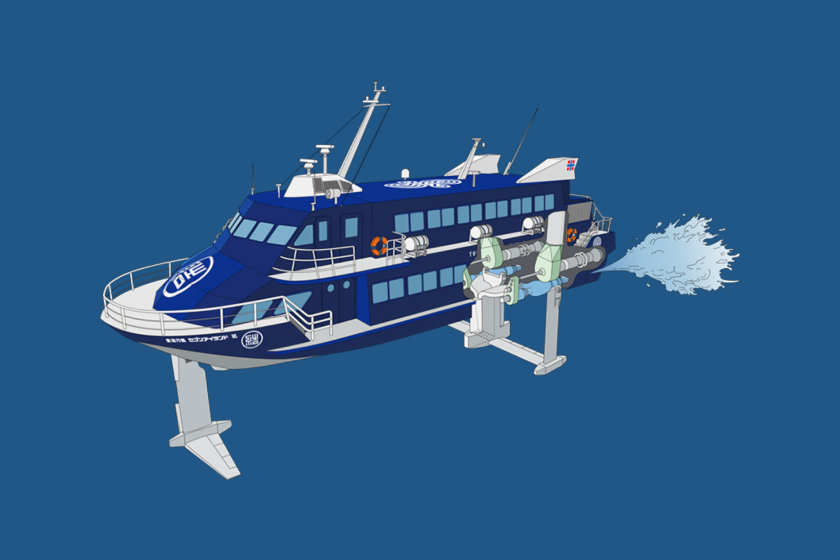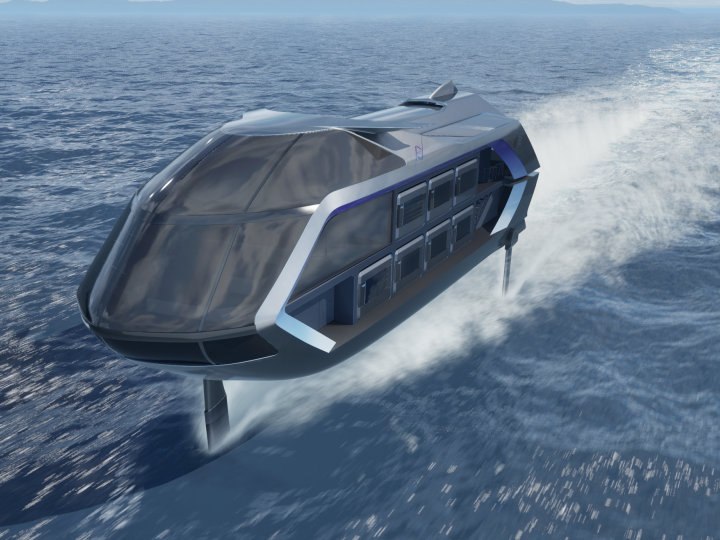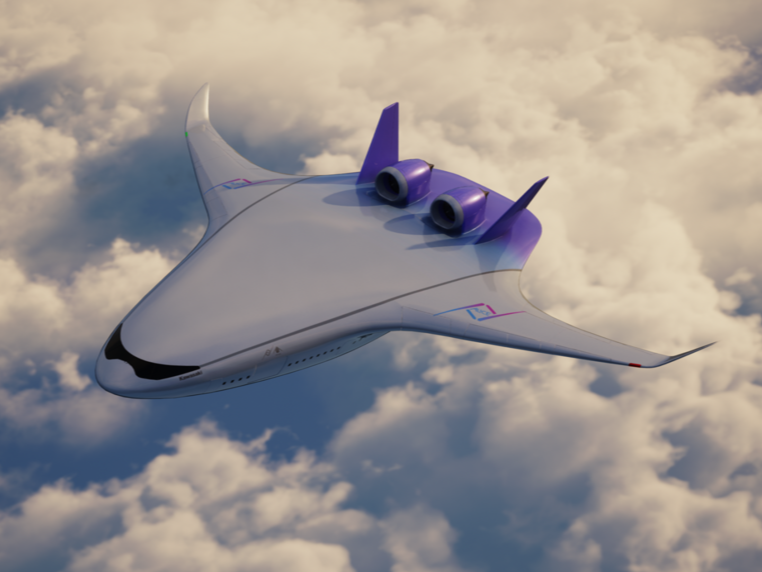Exploration of the ALICE SYSTEM’s realistic and extensible design
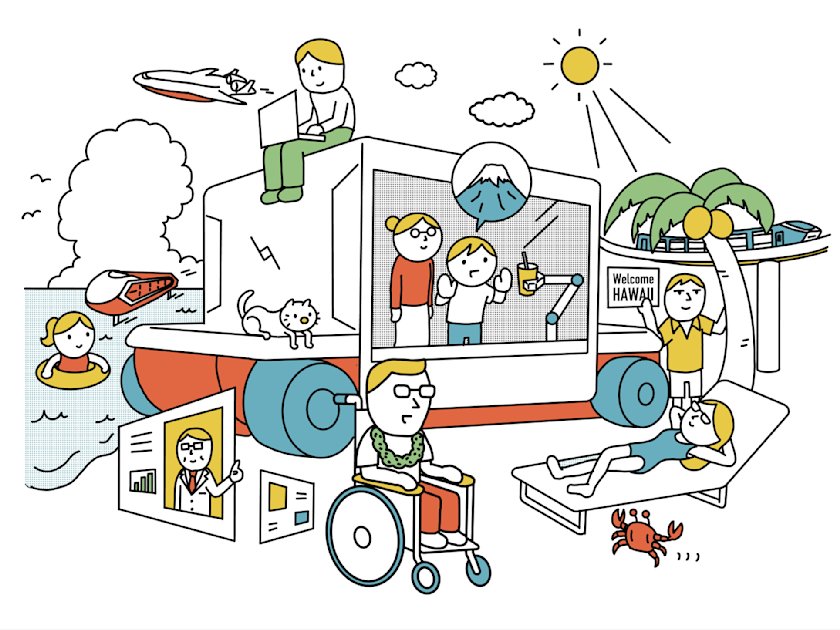
Kawasaki showcased the ALICE SYSTEM at Expo 2025 Osaka, Kansai, Japan as its envisioned future public transportation system. The core of the system is the ALICE Cabin, which autonomously docks with trains, airplanes, and ships to transport passengers to their destinations in comfort and privacy, without the need to transfer between different modes of transportation. Although designed as a concept for 2050, Kawasaki’s strong focus was to make it realistic, or practical enough for real-world application, as well as extensible to address social issues flexibly. How does Kawasaki view existing logistics and transportation systems, and what additional features does it aim to offer in the future? In this article, Yusuke Amatatsu, the EXPO 2025 Osaka, Kansai, Japan Promotion Leader, shares his answers to these questions.

What if mobility itself could evolve beyond current limits?
Incorporating creative ideas into existing systems to shape the future
Current public transportation systems, have already reached a certain level of completeness, although users still face various inconveniences, such as climbing long flights of stairs, being unable to sit during rush hour, and having to look up transfer information on their smartphones.
After deciding to participate in EXPO 2025 Osaka, Japan, we initially aimed to showcase an unprecedented mass mobility system. We brainstormed and looked into a wide range of ideas, but there was no point in Kawasaki proposing something with low practicality, no matter how intriguing the concept might be. We concluded that our exhibit would be more feasible if we customized existing systems with innovative technology and expertise. This approach became the starting point for developing the ALICE SYSTEM.
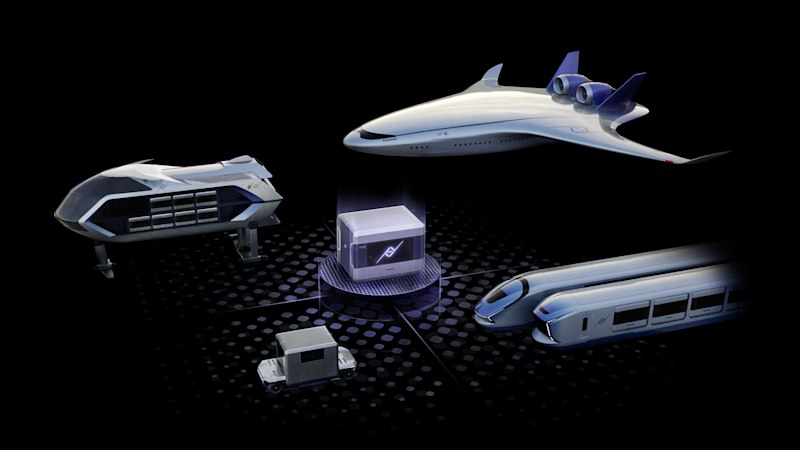
Perhaps we have all imagined being automatically transported to our desired destination using a variety of transportation systems, without having to do anything ourselves. When we think about how packages are transported, we realize that this idea is already in reality. Packages are picked up by a delivery service, loaded into containers, transported by land, transferred onto ships or planes, and finally carried on land again to their destination. In other words, today’s logistics and transportation networks allow packages to reach their destinations without the packages themselves having to “do” anything.
What if we could transport humans in the same way we transport packages? This simple question led to the development of the ALICE SYSTEM, which uses the ALICE Cabin (hereafter, the “Cabin”) instead of conventional containers used for package delivery. If containers can be transported, then the Cabin should be transportable as well. If so, we could enhance existing public transportation systems to accommodate the ALICE SYSTEM without having to redevelop them from scratch. Needless to say, humans are not packages and cannot be handled in the same way. The Cabin must be comfortable and safe, and seamless docking with each mobility system must be ensured. These challenges provided Kawasaki’s land, sea, and air mobility experts with the opportunity to demonstrate their full range of expertise.
Simplicity unlocks limitless potential
The Hidden Expandability of the ALICE Cabin
The Cabin, the smallest component of the ALICE SYSTEM, is a private space for up to four passengers. After docking with the ALICE Car, the Cabin arrives at your doorstep to pick you up like a taxi. While you relax in the comfort of the Cabin, it automatically redocks with the ALICE Rail, ALICE Aircraft, and ALICE Ship to carry you to your destination.
Another key point in the design process was which features to incorporate into the Cabin. The question was whether we should design the Cabin as an independent mobility solution, complete with a power generator, air conditioner, microwave oven, and so forth, or as a simple unit with almost no functions. Our answer was the latter, namely, to keep the Cabin as a basic unit.
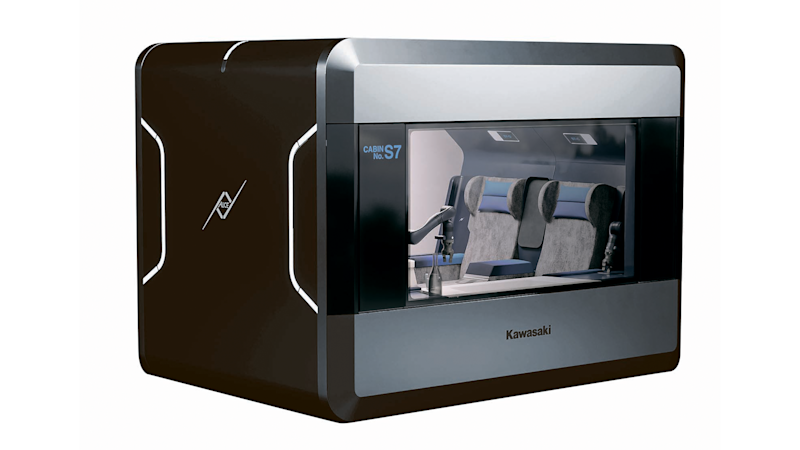
If the Cabin were to have certain built-in functions, replacement or repair costs would be incurred if they broke down. Since the Cabin is always docked with a mobility system, no additional equipment is required as long as the mobility system has power and an air conditioner. Given that existing railways, airplanes, and ships offer such functions, we decided to keep the Cabin simple. If necessary, we could always convert the Cabin into a multipurpose unit by sourcing all the required functions externally while ensuring durability and low maintenance.
A simple Cabin is also beneficial because it is versatile. Its characteristic robot arm, the only device situated inside the Cabin, allows for extensibility, meaning it can be reprogrammed for a wide range of purposes. It can serve as a concierge robot that pours drinks for passengers, or it can be converted into a medical robot in case of a disaster. This extensibility differentiates the robot arm from other appliances with fixed functions. There may be many more applications beyond what we can currently imagine. In addition, owning your own Cabin could enable you to customize it to fit your needs by adding functions tailored to your job or hobbies.
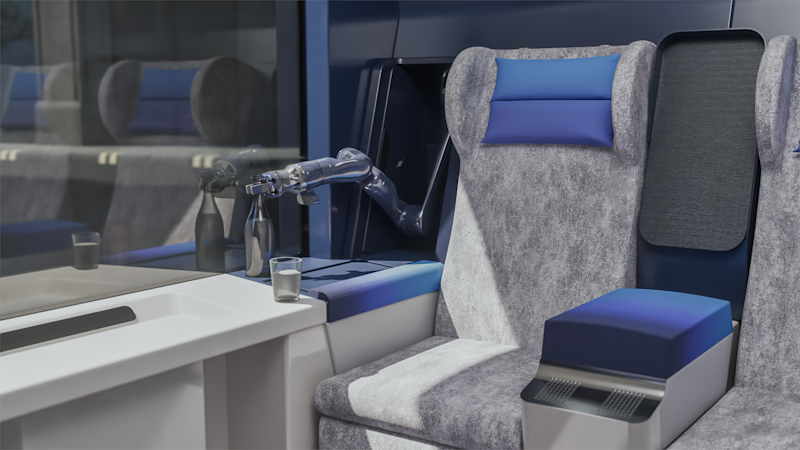
Thus, adopting a realistic and extensible design was a key element in developing the ALICE SYSTEM. This approach will allow room to explore additional applications in collaboration with the public. We intend to seek new possibilities for the ALICE SYSTEM, ensuring that it does not remain merely an EXPO exhibit.
Join us in designing a future society where the ALICE SYSTEM is put into action!
The ALICE SYSTEM’s most significant feature is that passengers can secure a private space within public transportation. Using this space opens up a diverse set of revolutionary possibilities for travelers. What would you do if you were riding in the Cabin?
(1) Revolutionizing the way we move!
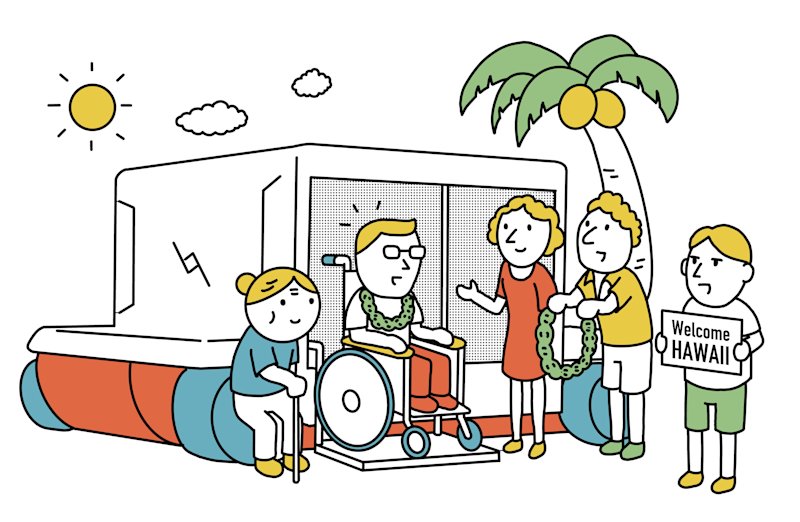
The ALICE SYSTEM eliminates the need for passengers to transfer between different modes of transportation. Older adults and wheelchair users with mobility issues can freely expand their activities with peace of mind. Travelers with small children, pets, or bulky luggage will appreciate the private space while comfortably heading to their destination. The mobility system enables everyone to travel at their own pace, without worrying about others, and to be free from all kinds of restrictions.
(2) Revolutionizing the way we work!
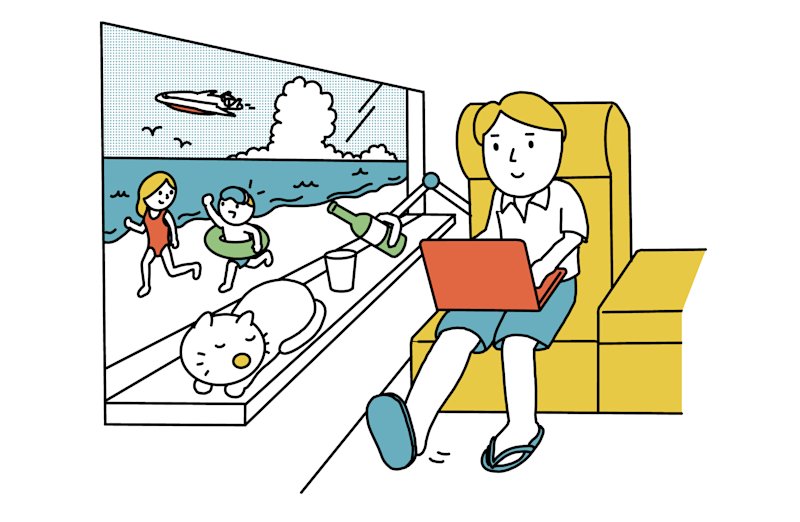
The wall of the Cabin features a semi-transparent glass display, making it easy for passengers to work remotely and attend online meetings while they travel. Business travelers can concentrate on their work in an environment similar to a private jet or first-class cabin. In the Cabin’s “office,” passengers can enjoy beautiful scenery outside while working, possibly even arriving at a beach the moment they shut down their computer. Alternatively, the Cabin could perhaps be used as a globe-trotting food truck. The ALICE SYSTEM may thus enable users to work and travel at the same time, revolutionizing their work style.
(3) Revolutionizing the disaster response!
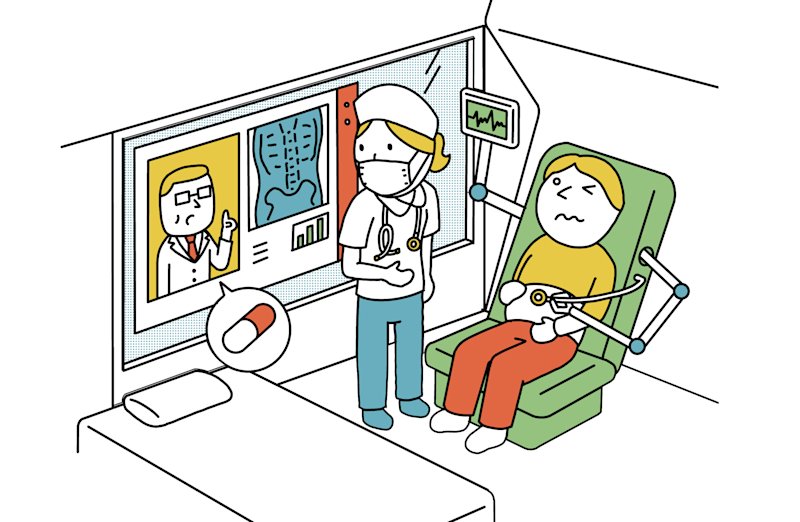
During a disaster, finding a closed space that can serve as an evacuation center or an ad-hoc medical clinic for the sick to rest and the injured to receive hygienic treatment is often challenging. The Cabin of the ALICE SYSTEM conveniently provides privacy, a remote communication system for telemedicine, and a robot arm capable of performing basic treatment procedures. Replacing the robot arm with hinotori™ , Japan’s first robotic-assisted surgery system, could significantly expand the possibilities for disaster medicine.
